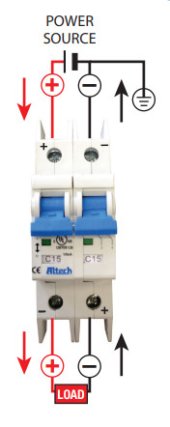Aceallenk
New Member
- Joined
- Nov 28, 2019
- Messages
- 21
First should the circuit breaker be on the positive lead between the panel and controller, OR should it be on both, positive and negative? Should it be the same Amp as the controller? PLUS what does it do to a solar panel in the sun not connected to controller? Just seems that can't be good for them !!



